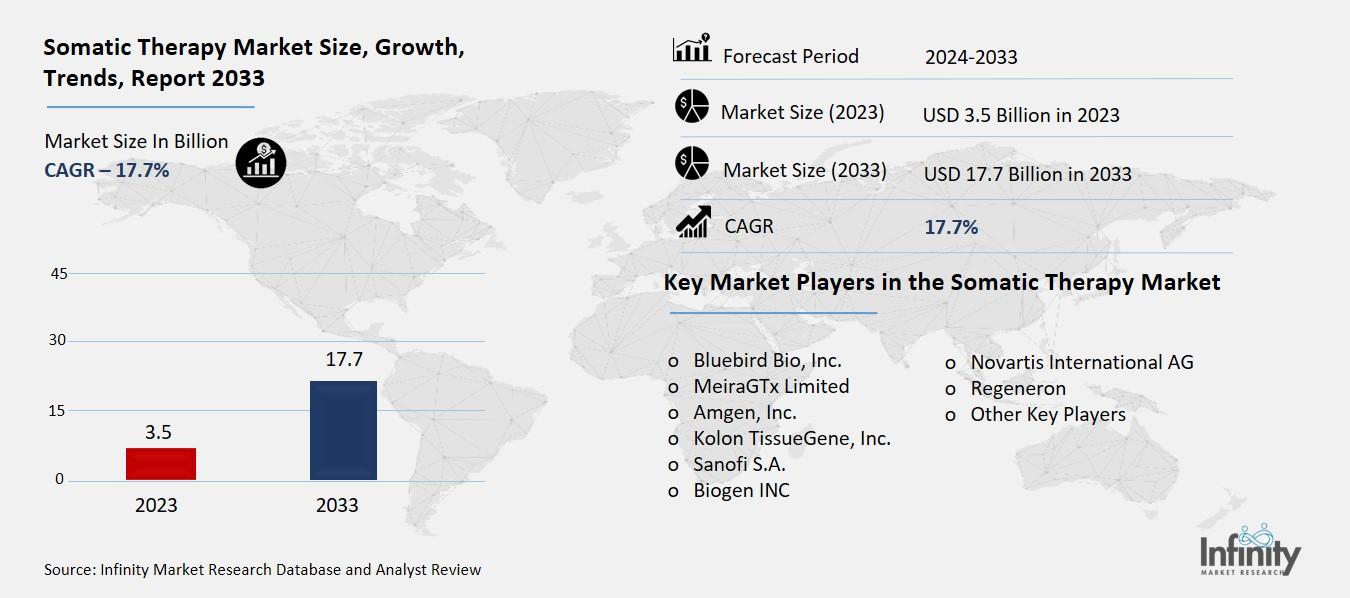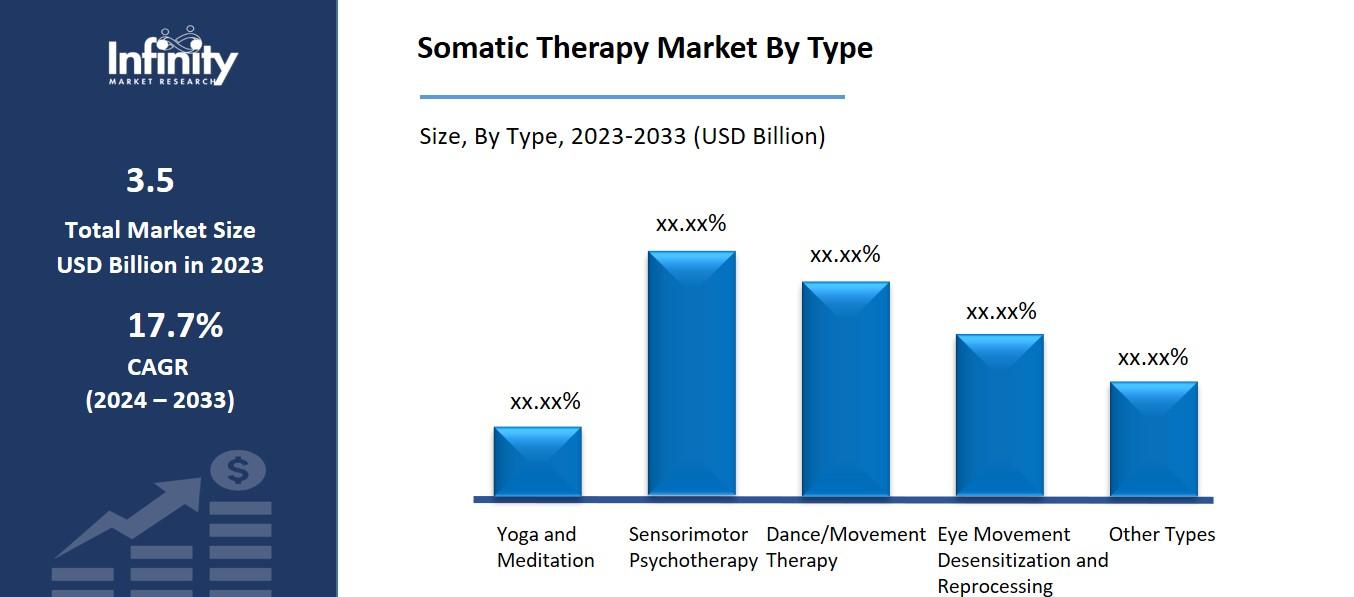
🔐 Secure Payment Guaranteed
Safe checkout with trusted global payment methods.
🌟 Why Choose Infinity Market Research?
At Infinity Market Research, we dont just deliver data — we deliver clarity, confidence, and competitive edge.
In a world driven by insights, we help businesses unlock the infinite potential of informed decisions.
Here why global brands, startups, and decision-makers choose us:
Industry-Centric Expertise
With deep domain knowledge across sectors — from healthcare and technology to manufacturing and consumer goods — our team delivers insights that matter.
Custom Research, Not Cookie-Cutter Reports
Every business is unique, and so are its challenges. Thats why we tailor our research to your specific goals, offering solutions that are actionable, relevant, and reliable.
Data You Can Trust
Our research methodology is rigorous, transparent, and validated at every step. We believe in delivering not just numbers, but numbers that drive real impact.
Client-Centric Approach
Your success is our priority. From first contact to final delivery, our team is responsive, collaborative, and committed to your goals — because you re more than a client; you re a partner.
Recent Reports
Global Myopia Control Lenses Market Report 2025-33
Hyaluronic Acid-based Dermal Fillers Market Report
Somatic Therapy Market
Global Somatic Therapy Market (By Type, Yoga and Meditation, Sensorimotor Psychotherapy, Dance/Movement Therapy, Eye Movement Desensitization and Reprocessing (EMDR), and Other Types; By Application, Depression, Mood Disorders, Trauma and PTSD, Chronic Pain, Stress and Anxiety, Body Image, Issues and Eating Disorders, and Other Applications; By Region and Companies), 2024-2033
Jan 2025
Healthcare
Pages: 138
ID: IMR1402
Somatic Therapy Market Overview
Global Somatic Therapy Market acquired the significant revenue of 3.5 Billion in 2023 and expected to be worth around USD 17.7 Billion by 2033 with the CAGR of 17.7% during the forecast period of 2024 to 2033. The treatment and the awareness around the mind- body relation have been on the rise, and this has made the somatic therapy market a growing market globally. Somatic techniques are aimed at sensations and the link between them and a patient’s emotional state and are routinely applied to cure post-traumatic stress, anxiety, major depression, and other similar conditions. This market consists of different approaches like Somatic experiencing, Sensorimotor psychotherapy, and other body-centered approaches. In addition to increased consumer awareness of overall wellness and well-being, the increase in the frequency and severity of mental health disorders, especially in a post-pandemic world, has been driving the popularity of somatic practices.

Drivers for the Somatic Therapy Market
Growing Preference for Holistic Wellness
Body consciousness is coming to be accepted as means the consumer could seek health and wellness and would select mind body therapies as opposed to traditional medical treatments where by the principal concentration is on disease and suffering. The change is a result of increasing awareness that it is impossible to treat the mind and emotions and the body separately and the need to look for a balanced, holistic approach to health. Complementary for example, somatic therapy, yoga, meditation and mindfulness involved use of body and mind to address the problems. These therapies assist the people in coping up with stress, anxiety and trauma, regulating their emotions and enhance their awareness of the body. Since folks got quite involved in their health and wellness lifestyle, many are shifting to these forms of therapies as additional or even primary treatments since they appreciate how these can harmonize one’s life.
Restraints for the Somatic Therapy Market
Lack of Standardized Training
The lack of standardized certification and training for somatic therapists presents a significant challenge to the growth and credibility of the market. Since somatic therapy is a relatively specialized field, inconsistent training programs and certification processes across different regions can lead to variations in the quality and effectiveness of the treatment. This lack of uniformity may create skepticism among consumers and healthcare providers, limiting the broader acceptance of somatic therapy as a legitimate and reliable therapeutic approach. Additionally, without universally recognized credentials, it becomes difficult for clients to assess the qualifications of practitioners, which can hinder trust and reduce demand.
Opportunity in the Somatic Therapy Market
Expansion in Corporate Wellness Programs
As organizations increasingly prioritize employee well-being, integrating somatic therapy into corporate wellness initiatives has become an effective way to address workplace stress and improve mental health. Somatic therapy, which focuses on the connection between the body and mind, can help employees manage physical tension, anxiety, and emotional challenges that are common in high-pressure work environments. By incorporating somatic practices like movement, and body awareness into wellness programs, companies can foster a healthier, more resilient workforce. This approach not only reduces stress but also improves overall productivity, job satisfaction, and employee retention. With the growing recognition of the importance of mental health in the workplace, integrating somatic therapy offers a proactive solution to support employees' emotional well-being, making it a valuable addition to corporate wellness strategies.
Trends for the Somatic Therapy Market
Focus on Trauma-Informed Practices
A growing trend within somatic therapy is the increased focus on trauma-informed care, which emphasizes the importance of addressing both the psychological and physical aspects of trauma. Trauma-informed care recognizes that trauma can manifest not only in emotional and mental health but also in the body, often through physical tension, pain, or other somatic symptoms. This approach ensures that therapy is sensitive to the needs of individuals who have experienced trauma, providing a safe and supportive environment where clients can process their experiences at their own pace.
By integrating bodily awareness techniques with psychological healing, trauma-informed somatic therapy helps individuals release stored emotional and physical trauma, facilitating a more comprehensive healing process. This approach is particularly beneficial for those dealing with complex trauma or post-traumatic stress disorder (PTSD), as it helps to reconnect the body and mind in a way that promotes holistic healing and recovery.
Segments Covered in the Report
By Type
o Yoga and Meditation
o Sensorimotor Psychotherapy
o Dance/Movement Therapy
o Eye Movement Desensitization and Reprocessing (EMDR)
o Other Types
By Application
o Depression
o Mood Disorders
o Trauma and PTSD
o Chronic Pain
o Stress and Anxiety
o Body Image Issues and Eating Disorders
o Other Applications
Segment Analysis
By Type Analysis
On the basis of type, the market is divided into yoga and meditation, sensorimotor psychotherapy, dance/movement therapy, eye movement desensitization and reprocessing (EMDR), and other types. Among these, yoga and meditation segment acquired the significant share in the market owing to its widespread recognition, accessibility, and long-standing integration into wellness practices globally. Yoga and meditation are increasingly popular as holistic therapies for mental health, stress reduction, and physical well-being, making them highly sought after in both individual and group settings. The combination of physical movement, breathwork, and mindfulness in yoga, along with the mental clarity and relaxation promoted through meditation, has led to their adoption in mainstream health and wellness routines.

By Application Analysis
On the basis of application, the market is divided into depression, mood disorders, trauma and PTSD, chronic pain, stress and anxiety, body image, issues and eating disorders, and other applications. Among these, commercial held the prominent share of the market due to the growing prevalence of mental health challenges, particularly in today's fast-paced and high-pressure environments. Stress and anxiety are among the most common reasons individuals seek somatic therapy, as these conditions can be effectively addressed through techniques that focus on the mind-body connection, such as breathwork, body awareness, and movement therapies. The increasing recognition of the impact of stress and anxiety on overall well-being, coupled with the rise in workplace stress, societal pressures, and the aftermath of the COVID-19 pandemic, has led to a surge in demand for therapies that help manage these issues.
Regional Analysis
North America Dominated the Market with the Highest Revenue Share
North America held the most of the share of 32.4% of the market. The region has a well-established mental health awareness culture, with increasing recognition of the importance of addressing both psychological and physical well-being. There is a growing demand for alternative and holistic therapies, including somatic therapy, as more people seek natural, non-pharmaceutical methods to manage stress, anxiety, trauma, and other emotional challenges. The rise in mental health conditions, particularly stress and anxiety, along with an expanding focus on wellness in both personal and corporate environments, has contributed to the market's growth.
Moreover, North America has a robust healthcare infrastructure and a high concentration of wellness centers, mental health professionals, and somatic therapy practitioners, making access to these services more widespread. This, combined with a strong cultural shift toward self-care, prevention, and alternative healing methods, has led to North America holding the largest share of the market, with continued growth expected in the coming years.
Competitive Analysis
The competitive landscape of the somatic therapy market is characterized by a diverse range of key players offering a variety of therapeutic modalities and services. These competitors include licensed practitioners, wellness centers, mental health professionals, and specialized institutions focusing on trauma healing and emotional well-being. As the demand for mind-body therapies continues to grow, companies and practitioners are differentiating themselves by offering tailored treatments that address specific mental health concerns such as trauma, stress, anxiety, and PTSD. The competitive edge is often driven by factors such as the reputation and expertise of practitioners, the variety of therapies offered, and the ability to integrate somatic approaches into mainstream healthcare systems.
Recent Developments
In January 2024, Nirsense LLC developed innovative wearable devices for monitoring cognitive states. Utilizing functional near-infrared spectroscopy (fNIRS), the company creates patented somatic and cerebral oximetry devices that detect both optical and non-optical biometric properties for cognitive evaluation.
In October 2024, Apollo Wearable devices introduced to help reduce anxiety during psychedelic-assisted therapy for PTSD. Apollo Neuroscience specializes in wearable technology designed to promote nervous system balance and enhance emotional regulation.
Key Market Players in the Somatic Therapy Market
o Bluebird Bio, Inc.
o MeiraGTx Limited
o Amgen, Inc.
o Kolon TissueGene, Inc.
o Sanofi S.A.
o Biogen INC
o Novartis International AG
o Regeneron
o Other Key Players
|
Report Features |
Description |
|
Market Size 2023 |
USD 3.5 Billion |
|
Market Size 2033 |
USD 17.7 Billion |
|
Compound Annual Growth Rate (CAGR) |
17.7% (2023-2033) |
|
Base Year |
2023 |
|
Market Forecast Period |
2024-2033 |
|
Historical Data |
2019-2022 |
|
Market Forecast Units |
Value (USD Billion) |
|
Report Coverage |
Revenue Forecast, Market Competitive Landscape, Growth Factors, and Trends |
|
Segments Covered |
By Type, Application, and Region |
|
Geographies Covered |
North America, Europe, Asia Pacific, and the Rest of the World |
|
Countries Covered |
The U.S., Canada, Germany, France, U.K, Italy, Spain, China, Japan, India, Australia, South Korea, and Brazil |
|
Key Companies Profiled |
Bluebird Bio, Inc., MeiraGTx Limited, Amgen, Inc., Kolon TissueGene, Inc., Sanofi S.A., Biogen INC, Novartis International AG, Regeneron, and Other Key Players. |
|
Key Market Opportunities |
Expansion in Corporate Wellness Programs |
|
Key Market Dynamics |
Growing Preference for Holistic Wellness |
📘 Frequently Asked Questions
1. Who are the key players in the Somatic Therapy Market?
Answer: Bluebird Bio, Inc., MeiraGTx Limited, Amgen, Inc., Kolon TissueGene, Inc., Sanofi S.A., Biogen INC, Novartis International AG, Regeneron, and Other Key Players.
2. How much is the Somatic Therapy Market in 2023?
Answer: The Somatic Therapy Market size was valued at USD 3.5 Billion in 2023.
3. What would be the forecast period in the Somatic Therapy Market?
Answer: The forecast period in the Somatic Therapy Market report is 2024-2033.
4. What is the growth rate of the Somatic Therapy Market?
Answer: Somatic Therapy Market is growing at a CAGR of 17.7% during the forecast period, from 2024 to 2033.


🔐 Secure Payment Guaranteed
Safe checkout with trusted global payment methods.
🌟 Why Choose Infinity Market Research?
- Accurate & Verified Data:Our insights are trusted by global brands and Fortune 500 companies.
- Complete Transparency:No hidden fees, locked content, or misleading claims — ever.
- 24/7 Analyst Support:Our expert team is always available to help you make smarter decisions.
- Instant Savings:Enjoy a flat $1000 OFF on every report.
- Fast & Reliable Delivery:Get your report delivered within 5 working days, guaranteed.
- Tailored Insights:Customized research that fits your industry and specific goals.




